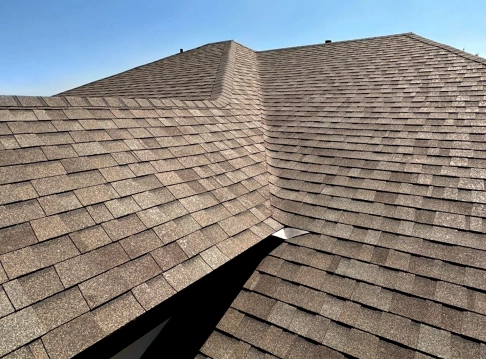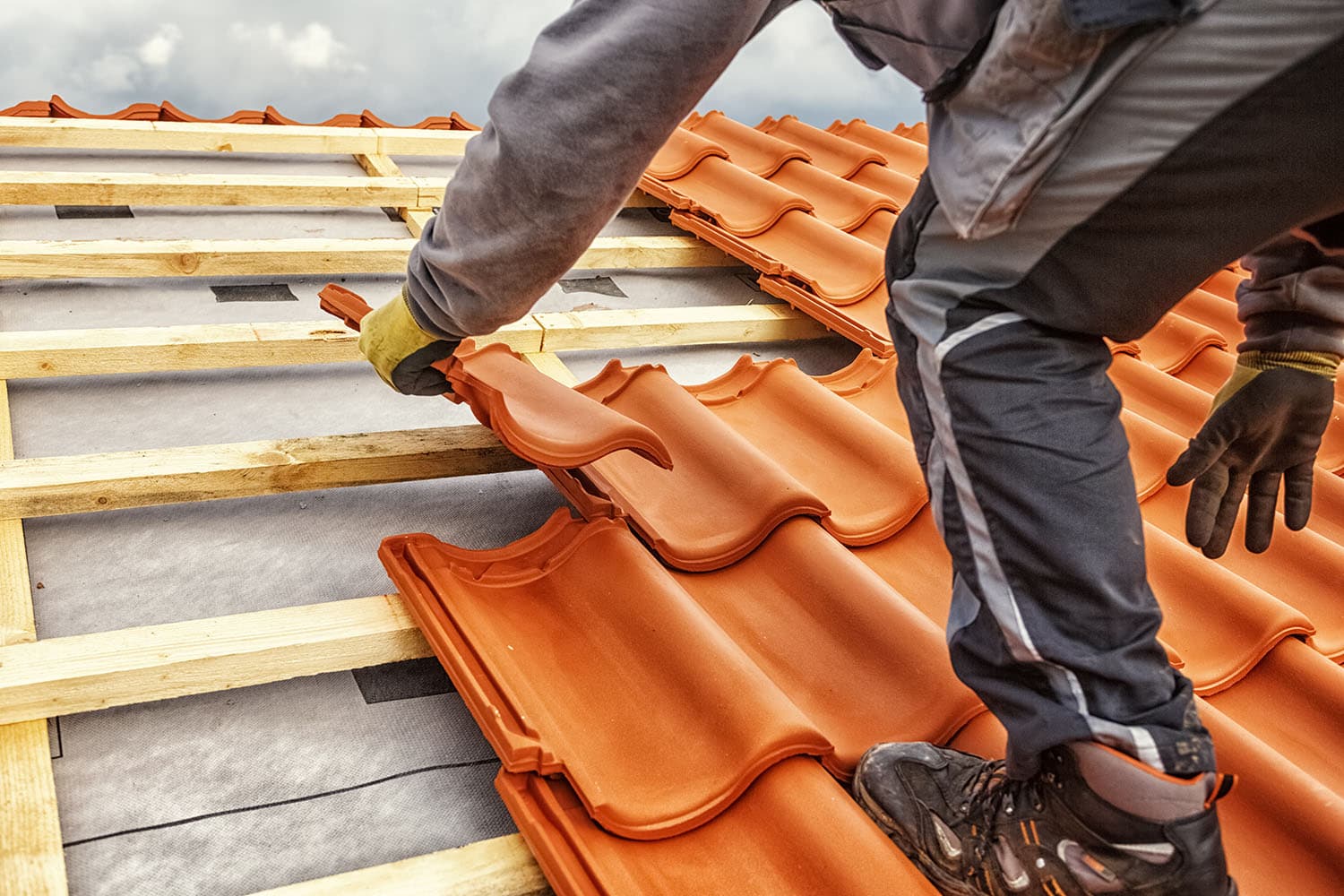Cleveland Roofing Specialists: Top Roofing Solutions for Homes and Businesses
Wiki Article
A Comprehensive Guide to Effective Roofing Flat Roofing System Setup
The ins and outs of flat roof covering installment demand a meticulous method, beginning with a thorough understanding of different flat roof kinds and the necessary materials needed for optimum efficiency. An effective installation pivots not just on the option of materials yet likewise on the prep work and execution of each action included in the process.Recognizing Flat Roof Covering Types
When thinking about level roofings, it is vital to understand the different kinds offered, as each deals distinct benefits and disadvantages customized to specific requirements. One of the most typical kinds of flat roofings include Built-Up Roof (BUR), Changed Bitumen, and Single-Ply membrane layers.
Built-Up Roof covering consists of numerous layers of asphalt and gravel, offering superb sturdiness and weather condition resistance. It is especially advantageous in areas vulnerable to severe weather condition conditions however may call for more upkeep as a result of its complex building and construction.
Modified Asphalt is a popular choice for its simplicity of installment and flexibility. It typically uses a self-adhesive or torch-applied method, which can be helpful for fast fixings and long-term performance. Nevertheless, its life-span can be shorter compared to BUR.
Single-Ply membrane layers, consisting of Thermoplastic Olefin (TPO) and Ethylene Propylene Diene Monomer (EPDM), are recognized for their lightweight nature and energy effectiveness. These materials are commonly favored for business structures as a result of their cost-effectiveness and ease of setup (Cleveland Roofing Specialists). However, they might not provide the exact same level of insulation as other options.
Each roofing kind calls for mindful factor to consider based upon environment, budget plan, and certain job demands.
Vital Materials for Flat Roofing
A variety of essential materials are critical for the successful installation of level roofing systems. The choice of materials straight influences longevity, efficiency, and total efficiency.One of the primary materials is the roof covering membrane layer, which can be built from various substances such as polycarbonate polyolefin (TPO), ethylene propylene diene monomer (EPDM), or PVC. Each kind uses distinct advantages, including UV resistance and adaptability, which are essential for extended performance.
In enhancement to the membrane layer, insulation materials play a significant duty in power efficiency. Stiff foam boards or polyisocyanurate insulation are preferred options, as they offer outstanding thermal resistance and dampness administration.
Additionally, roofing adhesives and sealers are vital for guaranteeing a water tight setup. These products have to work with the chosen membrane layer to stop damage gradually.
Preparing for Installment
Appropriate prep work is important for an effective flat roofing installation, as it prepares for a effective and sturdy roof system. Begin by performing an extensive inspection of the existing roofing structure. Try to find indicators of damage, consisting of leaks, rot, or insufficient water drainage, which could jeopardize the brand-new roofing system. Make certain that the underlying products are sound and can sustain the weight of the new roof components.Following, gather all required tools and products, making certain that they meet market requirements. This consists of water-proof membranes, insulation, flashing, and fasteners. Familiarize yourself with the maker's requirements, as adherence to these standards is crucial for guarantee objectives.
Additionally, guarantee that the work area is free from particles and blockages to assist in efficient and safe setup. Think about weather; prevent setup throughout hefty rain or extreme temperatures, which can impact material performance. Educate any kind of passengers of the structure regarding the approaching work to ensure safety and minimize disturbances. By taking these preparatory actions, you can boost the chance of an effective level roofing setup that meets both structural and visual requirements.
Step-by-Step Installment Process
With the groundwork developed with complete preparation, the next stage includes performing the level roofing installation systematically. Begin by guaranteeing that the architectural deck is tidy and totally free from particles. Next off, set up a vapor barrier to prevent moisture buildup underneath the roofing product. This step is critical for maintaining the roof covering's stability with time.Following the vapor obstacle installment, lay down insulation boards, ensuring they fit snugly together to reduce thermal connecting. Safeguard the insulation with suitable bolts based upon the roof type and local building regulations. When the insulation remains in area, it's time to apply the roof membrane layer. Relying on the chosen material-- such as TPO, EPDM, or modified bitumen-- set up the membrane according to the maker's specifications.
Set up flashing around perimeters, vents, and any roof infiltrations to boost waterproofing. After setup, conduct a comprehensive inspection to recognize any kind of prospective issues prior to ending the job, guaranteeing a robust and reliable flat read this roof covering system.
Maintenance Tips for Longevity
Regular upkeep is vital to guarantee the longevity and efficiency of a flat roof covering. Among the primary jobs is to perform regular assessments a minimum of two times a year, ideally in springtime and autumn. Throughout these evaluations, look for indicators of wear, such as blisters, splits, or pooling water, which can show underlying concerns.
Guaranteeing appropriate water drainage is essential to article source stop water buildup. Check and clear gutters, downspouts, and scuppers to ensure unhampered water circulation. Additionally, inspect seals around vents, skylights, and various other infiltrations for any indications of degeneration, using caulk or sealer as required to maintain a watertight barrier.
Finally, think about specialist upkeep solutions every couple of years for thorough evaluations and repair services. By sticking to these upkeep ideas, you can substantially expand the life of your level roof covering, guaranteeing it continues to be a reliable shield against the elements.
Final Thought
Reliable level roofing system installation demands a systematic method including complete evaluations, product option, and thorough preparation. Sticking to the described steps during the setup process makes certain the correct application of roof covering membrane layers and insulation while boosting waterproofing through effective blinking setup.The complexities of flat roofing system setup need a thorough technique, starting with a detailed understanding of different flat roof covering types and the crucial materials needed for optimal performance.Correct prep work is essential for an effective level roofing installment, as it lays the foundation for a resilient and reliable roof covering system. After installment, carry out a thorough evaluation to determine any kind of potential issues before wrapping up the task, ensuring a trustworthy and durable flat roof system.

Report this wiki page